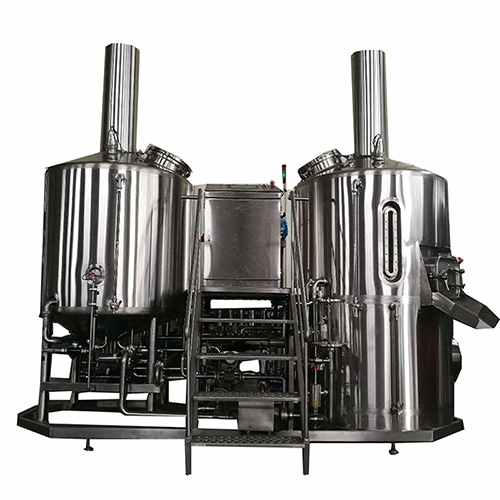Recently the three major carriers and the media are talking about NB-IoT, after all, why is this technology so concerned about the technology for what it can do? This article allows you to understand NB-IoT within 5 minutes.
What is NB-IoT?
In response to the growing demand for IoT, the International Mobile Telecommunication Standardization Organization 3GPP decided to develop a new standard for Cellular Internet of Thing.
The new standard to achieve four goals:
Super coverage, relative to the original GPRS system, an increase of 20dB signal gain
Ultra-low power consumption, end nodes to achieve 10 years of battery life
The ultralow cost, the goal chip of the terminal is priced at 1 dollar, the module is priced at 2 dollars
Large connection, 200kHz cell capacity up to 100k user equipment
In response to these goals, many communication companies and operators have proposed their own design of the proposed air interface program, hoping to be adopted by the 3GPP standardization organization as an official standard. At the RAN # 69 meeting in September 2015, after a bit of intense PK, the air interface solution for the cellular Internet of Things was finally determined to be NB-IoT.
5 minutes to understand NB-IoT technology
The NB-IoT air interface standard is a result of the NB-CloT recommendation led by Huawei, Qualcomm and Vodafone and the NB-LTE recommendation led by Ericsson and Nokia. The NB-CIoT has more components, in other words Huawei and Qualcomm has more core patents in the NB-IoT space.
NB-IoT key points of knowledge
NB-IoT is an air interface standard. This standard mainly refers to the agreement between a terminal and a base station eNB, including some design rules at the physical layer and the data link layer.
Considering the compatibility with LTE, the NB-IoT standard has many or all of the same or similarities with the LTE air interface standards. For example, NB-IoT follows the frequency band defined by LTE, and Release 13 specifies 14 frequency bands for NB-IoT.
NB-IoT multiple access technology, the uplink SC-FDMA, downlink OFDMA; downlink transmit power of 43dBm, uplink 23dBm. Modulation to QPSK and BPSK-based.
Release 13 NB-IoT only supports FDD half-duplex type-B mode. FDD means that the uplink and downlink are separated in frequency. Half-duplex means that the UE will not process both reception and transmission.
5 minutes to understand NB-IoT technology
CIoT access network architecture
CIoT's access network architecture, like LTE, has not changed. The eNB is also connected to the MME (Mobility Management Entity) and S-GW (Serving GateWay) through the S1 interface. If you want to say that the CIoT access network and LTE is different, that is, S1 interface is transmitted NB-IoT messages and data.
NB-IoT how to achieve low power consumption
NB-IoT compared to GPRS, the biggest feature is low power consumption. NB-IoT introduces eDRX power saving technology and PSM power saving mode in addition to the low transmission rate of NB-IoT, which is also the main reason for power saving.
In PSM mode, the NB-IoT terminal is still registered with the network but does not accept signaling, so that the terminal stays in deep sleep for longer to achieve power saving.
In addition eDRX power-saving technology to extend the terminal sleep mode in idle mode, reducing unnecessary signal receiving unit to start. Overall, these measures are to make the terminal more sleep, sleep better quality, and thus lower power consumption.
NB-IoT how to deploy
The NB-IoT occupies 180 KHz bandwidth, which is the same as the bandwidth of one resource block in the LTE frame structure. There are three possible ways to deploy NB-IoT:
1) Stand alone operation
Suitable for heavy duty GSM band. The channel bandwidth of GSM is 200KHz, this bandwidth of NB-IoT 180KHz is enough, keep the 10KHz guard interval on both sides.
2) Guard band operation
Suitable for LTE band. Deploy NB-IoT with the guard band at the edge of the LTE band.
Micro Brewery Equipment is popular among craft beer pubs, taprooms, where they can brew and sale beers in the same store.
This type is brewery equipment normally has a 2 or 3 vessels brewhouse, with capacity of 1000L - 3000L per brew, 5 - 15 beer fermenting and storaging tanks, manual operation or semi-automatic operation. Equipped with manual kegging system.


Micro Brewery Equipment
Microbrewery Equipment,Commercial Brewery Equipment,Beer Machine,Sanitary Microbrewery Machine
Dongguan Deao Food Equipment Co.,Ltd , https://www.craftbrewtech.com
没有评论:
发表评论